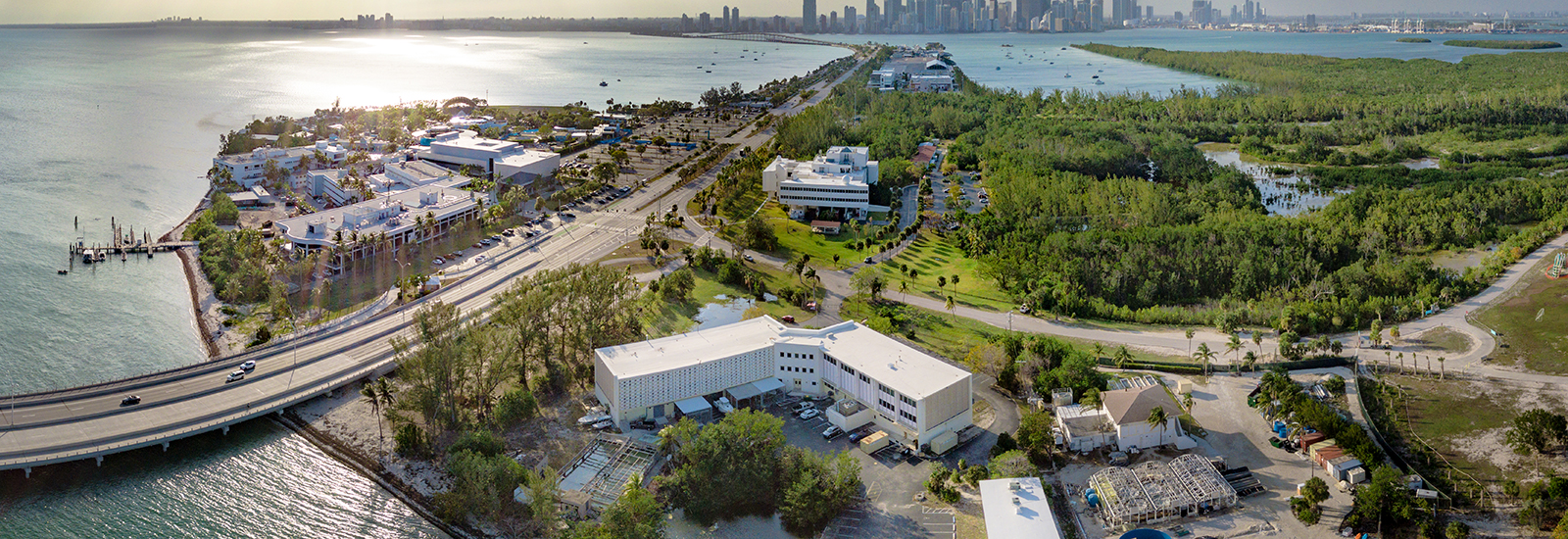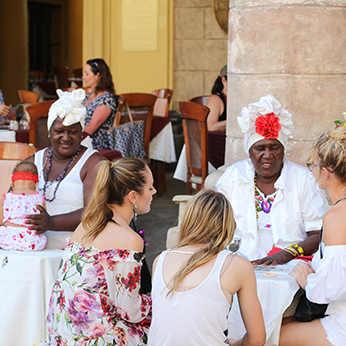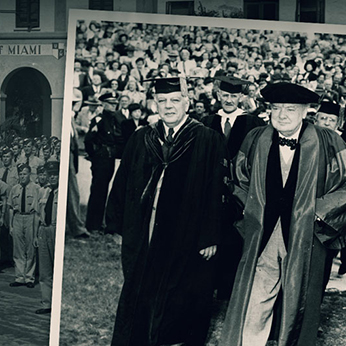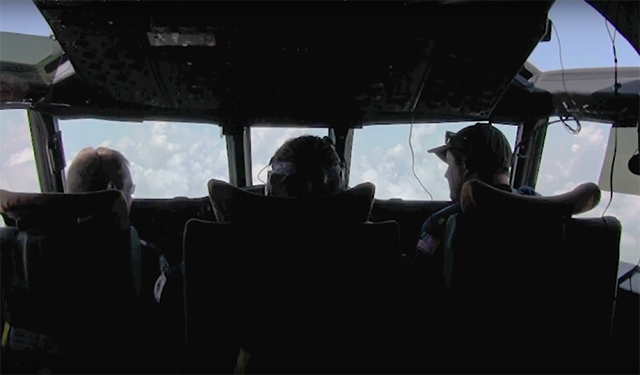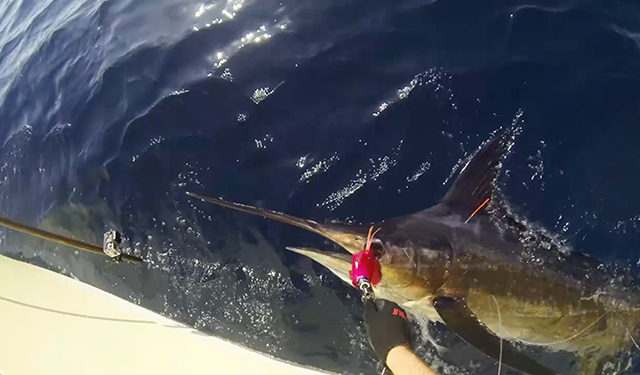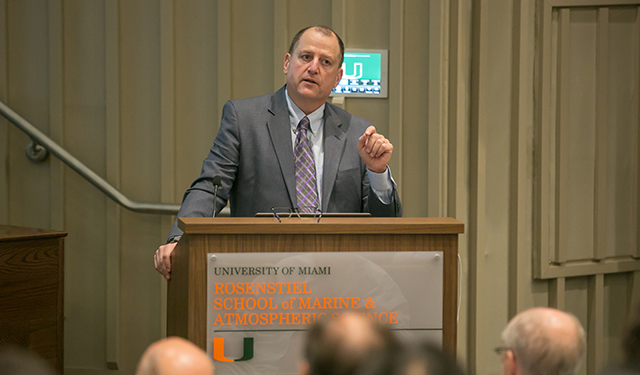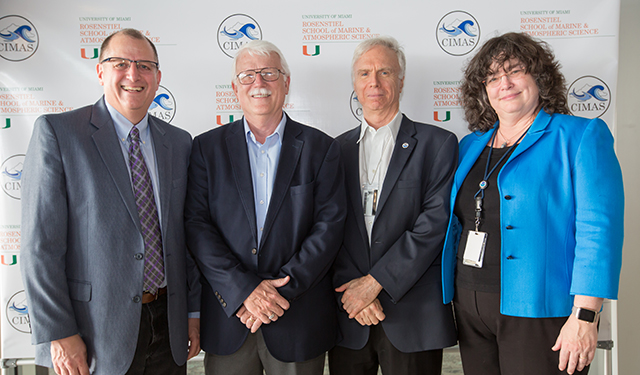by Jessica M. Castillo
UM News
04-24-2018
In 1977, when Miami-Dade County’s population was nearly half of what it is today, the city recorded its first and, as it stands today, last snowball—perhaps in part because average temperatures have risen steadily ever since.
Plenty has changed in South Florida over the last four decades but one staple, the 41-year-old Cooperative Institute for Marine and Atmospheric Studies (CIMAS), has remained, supporting academic and workforce development, and saving lives, ecosystems, and marine life globally by making scientific advances in understanding our oceans and atmosphere, and working on everything from improving hurricane forecasts and climate models to making fish stocks, like tuna, economically and environmentally sustainable.
The location on Virginia Key for CIMAS, a scientific public-private partnership between the University of Miami and the National Oceanic and Atmospheric Administration (NOAA), was strategically chosen. The offices of the Cooperative Institute’s federal partners—the NOAA Atlantic Oceanographic and Meteorological Laboratory (AOML) and the NOAA Southeast Fisheries Science Center (SEFSC)—were built literally across the street from the University of Miami Rosenstiel School of Marine and Atmospheric Science.
However, the lifespan of the Fisheries Science Center building is ending, and there are ongoing discussions on whether to relocate SEFSC to St. Petersburg or another coastal city, or keep it on Virginia Key in a renovated or new facility.
Rosenstiel faculty want to keep the facilities on Virginia Key, and local officials are lobbying for the same, with Miami-Dade County, City of Miami and the Village of Key Biscayne all passing resolutions in support of keeping the status quo.
“Rather than leaving Virginia Key, there has never been a better opportunity in Virginia Key to build on excellence and continue to be the beacon of knowledge and crucial problem-solving that our partnership has provided,” said Roni Avissar, dean of the Rosenstiel School. “We have an extremely successful and enduring 40 year relationship in researching solutions to pressing problems facing the world.”
Key Biscayne Vice Mayor Frank Caplan said the longstanding partnership has been a benefit to local communities and its residents.
“The cutting-edge research that’s coming out of RSMAS, leveraging the CIMAS relationship, is being delivered at our doorstep in the form of lectures, social events and citizen science projects,” said Caplan. “We love those things. They’re great for our community, for the University and for the region as well.”
NOAA is able to fluidly collaborate with CIMAS researchers and University of Miami faculty by leveraging its close proximity to Rosenstiel, a renowned top-tier marine and atmospheric science institution working on cutting-edge research.
“Universities are at the bleeding edge of research,” said Ben Kirtman, Rosenstiel professor of atmospheric science who has been the director of CIMAS for the last two years.




